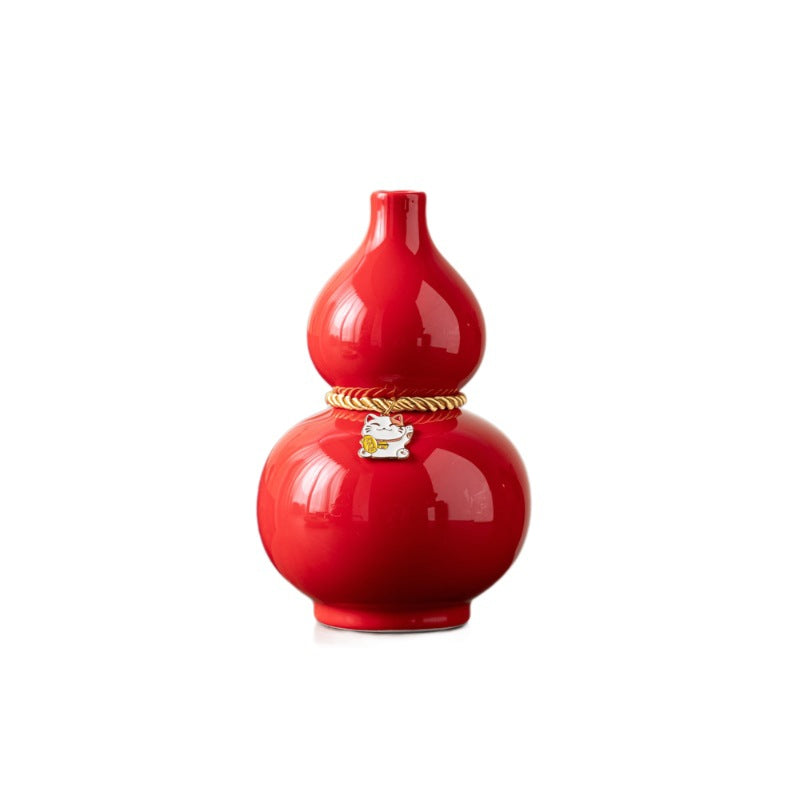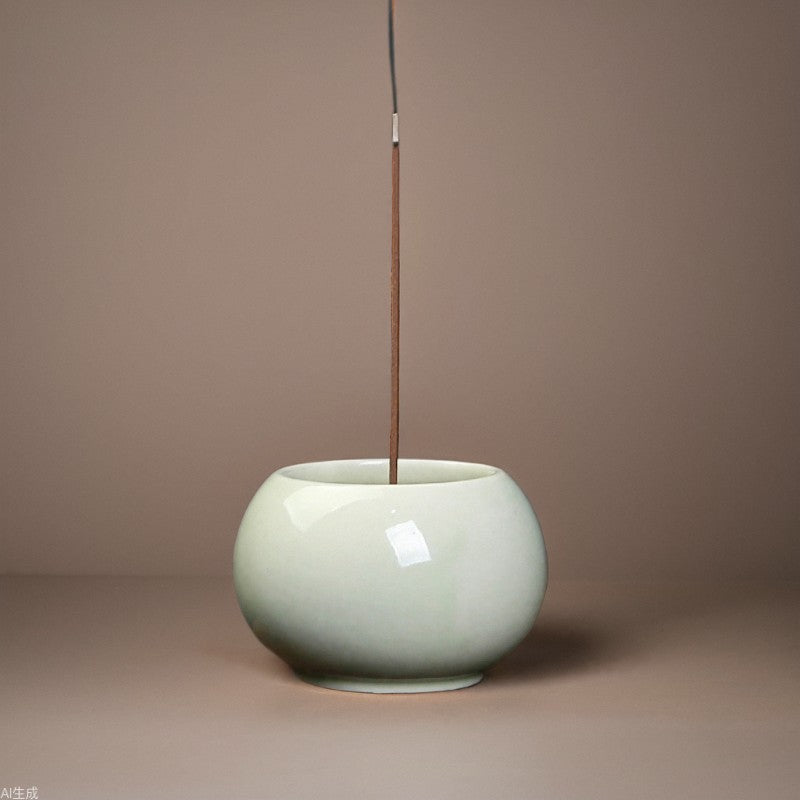ceramic crafts
ceramic crafts
Tidak dapat memuat ketersediaan pengambilan
Historical Origins
The history of Chinese ceramics dates back to the Neolithic Age, spanning tens of thousands of years. From the simple red and gray pottery of the early days to the primitive celadon of the Shang and Zhou dynasties, and then to the five famous kilns of the Tang, Song, Yuan, Ming, and Qing dynasties (Ru, Guan, Ge, Jun, and Ding), blue and white porcelain, and famille rose porcelain, Chinese ceramic craftsmanship has continuously evolved, reaching a high level of artistic excellence and profoundly influencing global cultural exchange and artistic development.
Production Process
Material Selection: High-quality porcelain clay, kaolin, and other raw materials are used. Different ceramic varieties require different raw materials. For example, blue and white porcelain generally uses clay with a high iron content to achieve its distinctive blue color.
Molding: Common molding methods include hand throwing, slip casting, and compression molding. Hand throwing uses a rotating wheel to manually pull clay into various shapes, such as bowls, plates, and vases. This method imparts a unique handmade charm to ceramic works. Slip casting is suitable for producing ceramic crafts with complex shapes and large batches. Compression molding is often used to produce standardized ceramic parts. Decoration: Decorative techniques are diverse and include painting, carving, printing, and glazing. Painting, such as the blue and white patterns on blue and white porcelain, involves the artist using a brush dipped in cobalt to create designs on the base. Carving involves creating relief and openwork carvings on the ceramic base, enhancing the work's three-dimensional effect. Printing involves imprinting patterns onto the base using molds, improving production efficiency. Glazing involves applying a layer of vitreous glaze to the surface of the ceramic, enhancing its appearance while also increasing its hardness and water resistance.
Firing: The shaped and decorated ceramic base is fired in a kiln at temperatures generally between 1000°C and 1400°C. Different ceramic types and techniques have strict requirements for firing temperature and atmosphere (oxidizing or reducing flame). For example, Jun porcelain requires a specific reducing flame atmosphere to achieve its unique kiln-fired colors.




